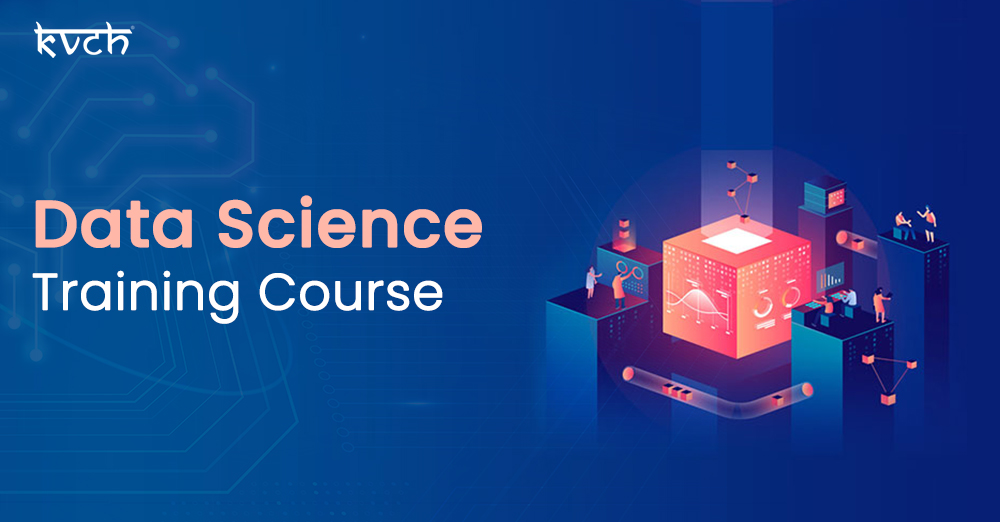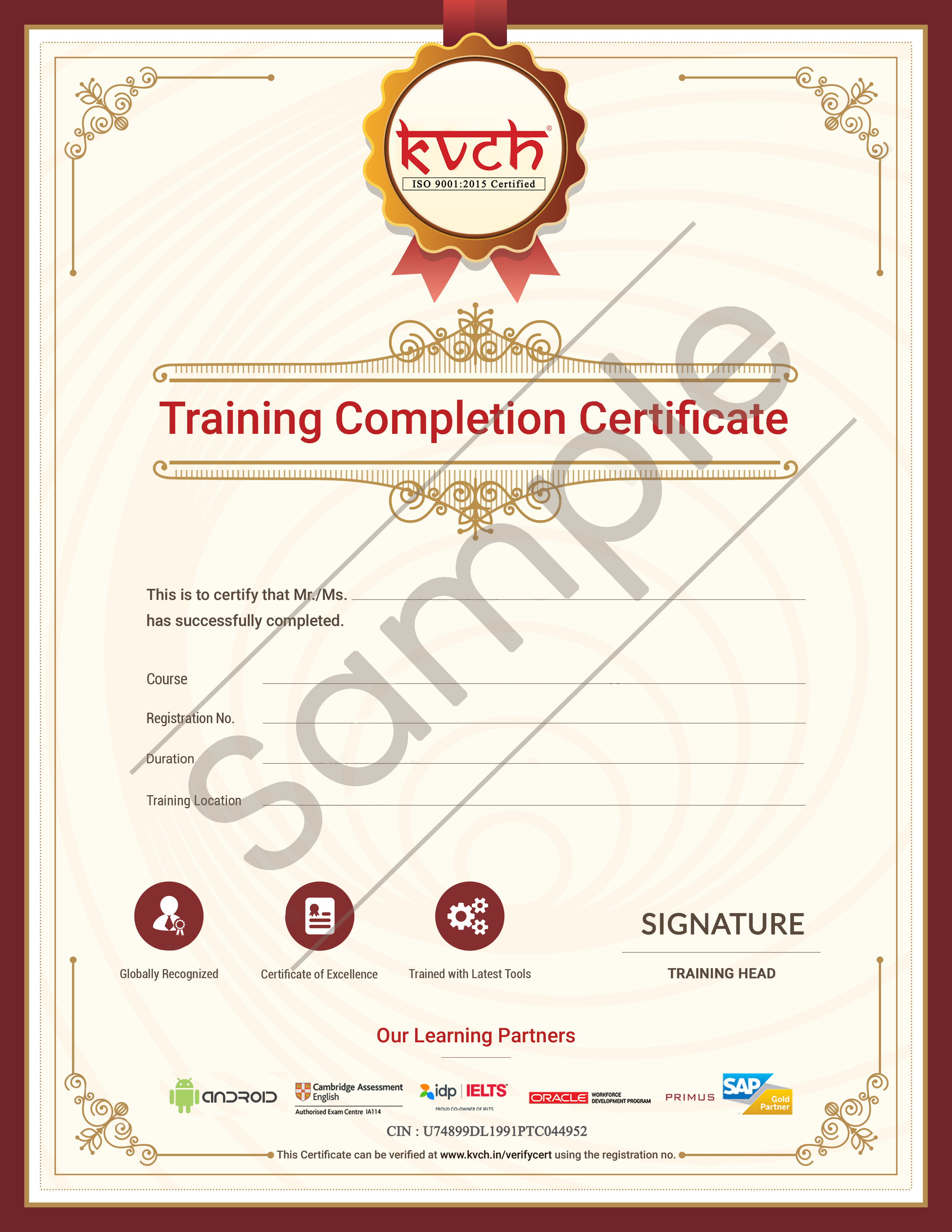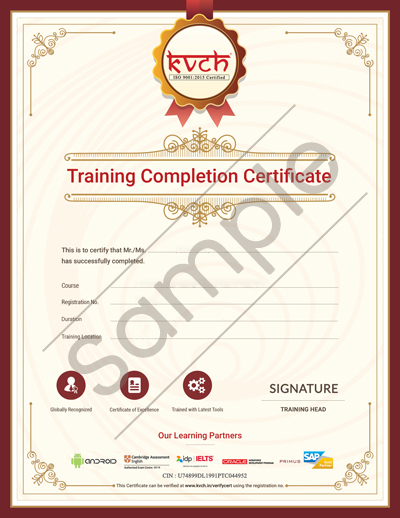Data science is one of the most popular professions of the decade, and there has never been a greater need for people who can analyse data and explain the results so that decisions can be made based on the data. This Professional training by KVCH will help anyone who wants to work in data science learn skills that are useful for data scientists. KVCH is a leading provider of corporate training for data science in Lagos.
It's not true that you need a Ph.D. to become a data scientist. This Professional Certificate can be taken by anyone who wants to learn, even if they don't know anything about computer science or programming languages. If you’re looking for in-house training for employees in data science, KVCH is your go-to- option. It will offer them skill upgradation, tools, and the portfolio they need to stand out as a data scientist.
Enrol in our course to learn data science training in Ikeja. The curriculum of the programme will teach you the most up-to-date tools and skills that will help you get a job, such as open source tools and libraries, Python, databases, SQL, data visualisation, data analysis, statistical analysis, predictive modelling, and machine learning algorithms. You will learn data science by using real data science tools and data sets from the real world.
The success of KVCH's Data Science training programme can be measured by the amount of specialised instruction and focused study that is given, with an emphasis on developing individual skills rather than giving out general information. Join KVCH's Data Science training programme to enhance the efficiency of employees. We are a trusted provider of data science training for employees.
The Data Science Training certification is the most in-depth course we offer. It is designed to help professionals learn the skills and knowledge they need as a data scientist. As a professional, you can learn all about data science by working on use cases and projects that are up-to-date and then putting what you've learned to use in the real world.
When you finish this data science course, KVCH will give you a certificate that proves you know how to use cutting-edge data science methods and makes you a data science expert in your organisation.

 +1.844.44.55.767
+1.844.44.55.767
 +91.9510.860.860
+91.9510.860.860
 +91 9266-625-607
+91 9266-625-607

















